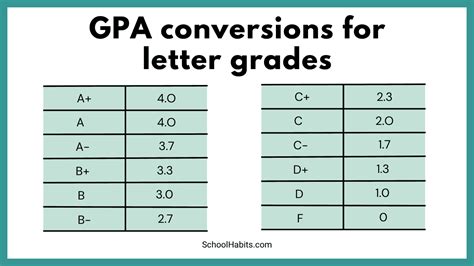A 529 plan, also known as a qualified tuition program, is a tax-advantaged savings plan designed to encourage saving for future education costs. Contributions to a 529 plan are made on an after-tax basis, but earnings grow tax-free and withdrawals used for qualified education expenses are also tax-free. However, there are some potential impacts on financial aid that families should be aware of before contributing to a 529 plan.

How 529 Plans Affect Financial Aid Eligibility
When a family applies for federal financial aid, the assets of the student and their parents are considered in determining their eligibility. 529 plans are considered parental assets, so contributions to a 529 plan can reduce the amount of financial aid for which a student is eligible.
The impact of a 529 plan on financial aid depends on the type of aid for which the student is applying. For example:
- Pell Grants: 529 plan assets are not considered when determining eligibility for Pell Grants, which are need-based grants for low-income students.
- Direct Loans: 529 plan assets can reduce the amount of Direct Loans, which are federal loans that students must repay, for which a student is eligible.
- Federal Work-Study Program: 529 plan assets can reduce the amount of Federal Work-Study Program funds, which are federally funded jobs for students, for which a student is eligible.
How to Minimize the Impact of 529 Plans on Financial Aid
There are several things families can do to minimize the impact of 529 plans on financial aid:
- Contribute early in the child’s life. The earlier contributions are made to a 529 plan, the more time the earnings have to grow tax-free. This can help offset the impact of the plan on financial aid eligibility.
- Contribute in the parent’s name. If parents contribute to a 529 plan in their own name, rather than in the child’s name, the assets in the plan will not be considered when determining the child’s financial aid eligibility.
- Withdraw funds strategically. When withdrawing funds from a 529 plan, families should consider the impact on financial aid eligibility. For example, it may be best to withdraw funds during a year when the student is not receiving as much financial aid.
Benefits of 529 Plans
Despite the potential impact on financial aid, 529 plans can still be a valuable savings tool for families saving for future education costs. Some of the benefits of 529 plans include:
- Tax-free earnings. Earnings on 529 plan investments grow tax-free. This can help families save more money for college than they could in a traditional savings account.
- Tax-free withdrawals. Withdrawals from a 529 plan are tax-free if used for qualified education expenses. This can save families thousands of dollars in taxes.
- Flexibility. 529 plans offer families flexibility in how they save for college. Families can choose from a variety of investment options, and they can withdraw funds at any time for qualified education expenses.
Conclusion
529 plans can be a valuable savings tool for families saving for future education costs. However, it is important to be aware of the potential impact of 529 plans on financial aid eligibility. By contributing early, contributing in the parent’s name, and withdrawing funds strategically, families can minimize the impact of 529 plans on financial aid and maximize the benefits of the plan.
1. What is a 529 plan?
A 529 plan is a tax-advantaged savings plan designed to encourage saving for future education costs.
2. How do 529 plans affect financial aid?
529 plans are considered parental assets, so contributions to a 529 plan can reduce the amount of financial aid for which a student is eligible.
3. How can I minimize the impact of 529 plans on financial aid?
There are several things families can do to minimize the impact of 529 plans on financial aid, such as contributing early, contributing in the parent’s name, and withdrawing funds strategically.
4. What are the benefits of 529 plans?
529 plans offer a number of benefits, including tax-free earnings, tax-free withdrawals, and flexibility.
5. How do I choose a 529 plan?
There are a number of factors to consider when choosing a 529 plan, such as investment options, fees, and tax implications.
6. How do I open a 529 plan?
You can open a 529 plan through a state agency or a financial institution.
7. What are the contribution limits for 529 plans?
The contribution limits for 529 plans vary from state to state.
8. What happens if I withdraw funds from a 529 plan for non-qualified expenses?
If you withdraw funds from a 529 plan for non-qualified expenses, you will have to pay taxes on the earnings and a 10% penalty.
